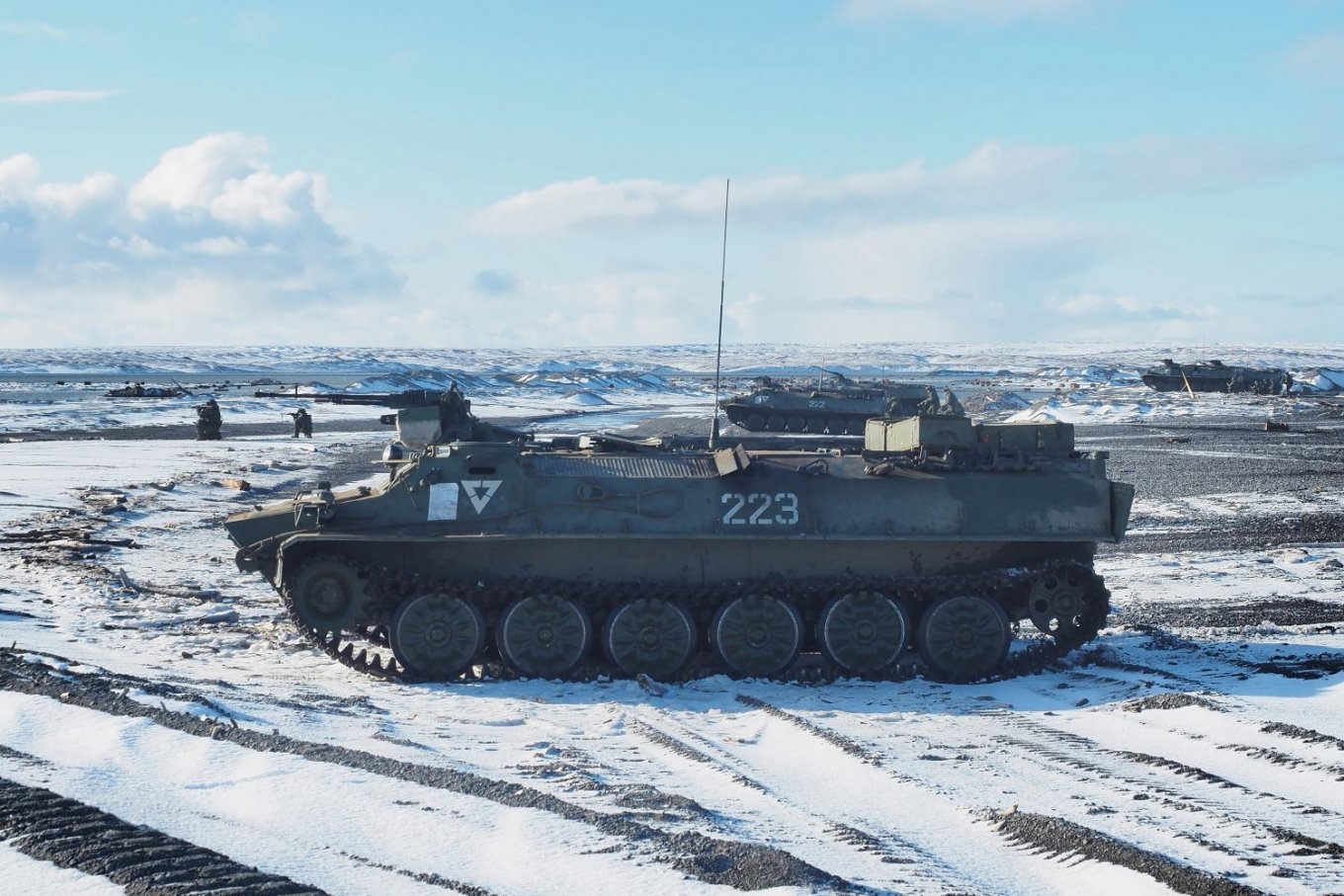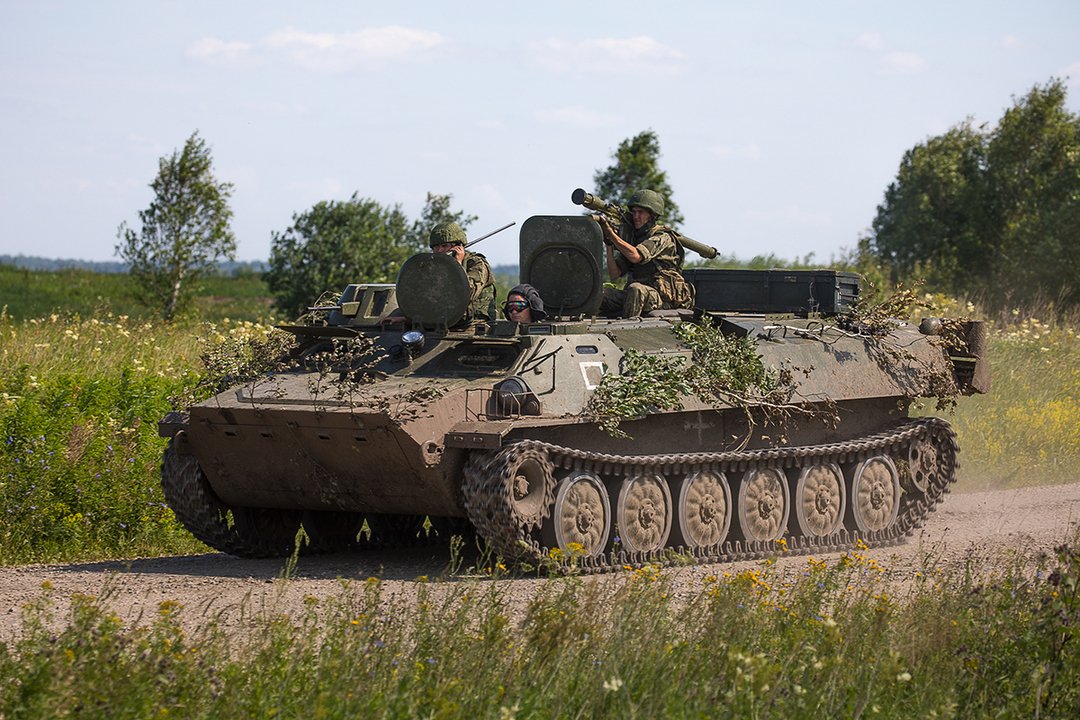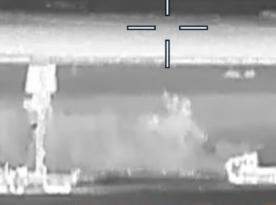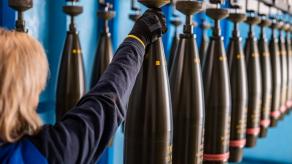The British Ministry of Defense has recently published another intelligence report on the situation on the frontlines of the Ukrainian-russian war.
The report says that the russian invasion forces are transferring additional motorized rifle units from the depths of the russian federation to the Ukrainian border. In particular, the units were equipped mainly with archaic Soviet MT-LB tractors.
Read more: For the Third Time In a Row russia Shoots Down Dozens of Ukraine’s Su-25 - russia's Ministry of Defense

That makes a significant contrast to the first echelon of the invasion force, armed mainly with more advanced Soviet BMP-2, which entered Ukraine’s territories on February 24, 2022.
At the first glance, the story is trivial – russians switch to obsolete weapons, because they can’t restore their combat losses in terms of quality, and it seems that nothing is important here.
But, if we look at even the most conservative estimates from the authors of the Oryx website, we’ll see that throughout the war, the occupiers have already lost or abandoned on the battlefield about 320 units of BMP-2 infantry fighting vehicles of all modifications, and about 250 units of MT-LB of all modifications (including the sanitary vehicles and ones equipped with ZU-23-2 anti-aircraft guns).

Even according to such strict data, the amount of lost russian MT-LBs is quite large, although data from open sources indicate that vehicles on the MT-LB basis were used by the mechanized units of the russian army quite sporadically.
The only exception is the "Arctic" motorized rifle brigades of the coastal forces of the russian Northern Fleet, which were equipped almost solely with MT-LBs as the main armored vehicle.

An experienced reader would rightly object that the MT-LB is not intended for offensive actions, it has rather "nominal" bulletproof armor, which is why the MT-LB losses are so high. Accordingly, such machines are not suitable for the role of main armored vehicles for motorized rifle units, even despite the fact that it can fit up to 11 people of a landing squad.
Moreover, if we open "The Military Balance" handbook of 2021 and look through the data regarding the russian army, we will see that there are not that many MT-LBs out there to spend them carelessly.
By the end of 2021, the Russian Armed Forces had
- 500 units of BMP-1 IFVs in service and up to 7,000 more BMP-1 in storage,
- 3,000 units of BMP-2 in service and 1,500 more in storage; and against this background,
- "only" 3,500 units of MT-LB in service and 2,000 more in storage.

It seems more reasonable for the russians to bet on the reinstatement of the old and more numerous BMP-1s and BMP-2s. Moreover, we have already seen examples when the invaders threw into battle quite rare samples, such as the "Afghan" modifications BMP-1D and BMP-2D, or even BMP-1P vehicles deprived of their usual "Fagot" ATGMs.
Against this background, since russians still bet on the MT-LB as a prevailing tracked armored vehicle for motorized infantry units, two conclusions follow.
First, our assumptions about the low culture of storage of armored vehicles at the war stock bases of the russian army are not just confirmed by that. Apparently, IFVs are stored there with even more negligence than tanks.

Secondly, it seems that the "mobilization" of the MT-LB will take place partly at the expense of civilian contractors.
Especially as long as the demilitarized MT-LB are actively used in various sectors of the russian economy. Therefore, the repair and supply of MT-LB for military units might be one of the projects which will make use of the Kremlin’s authority to force private enterprises to fulfill defense orders for the sake of the war against Ukraine.
Read more: Russia’s Repair Plants Refuse to Fix the Armor: Why the Kremlin Needs the Enterprises Mobilization














